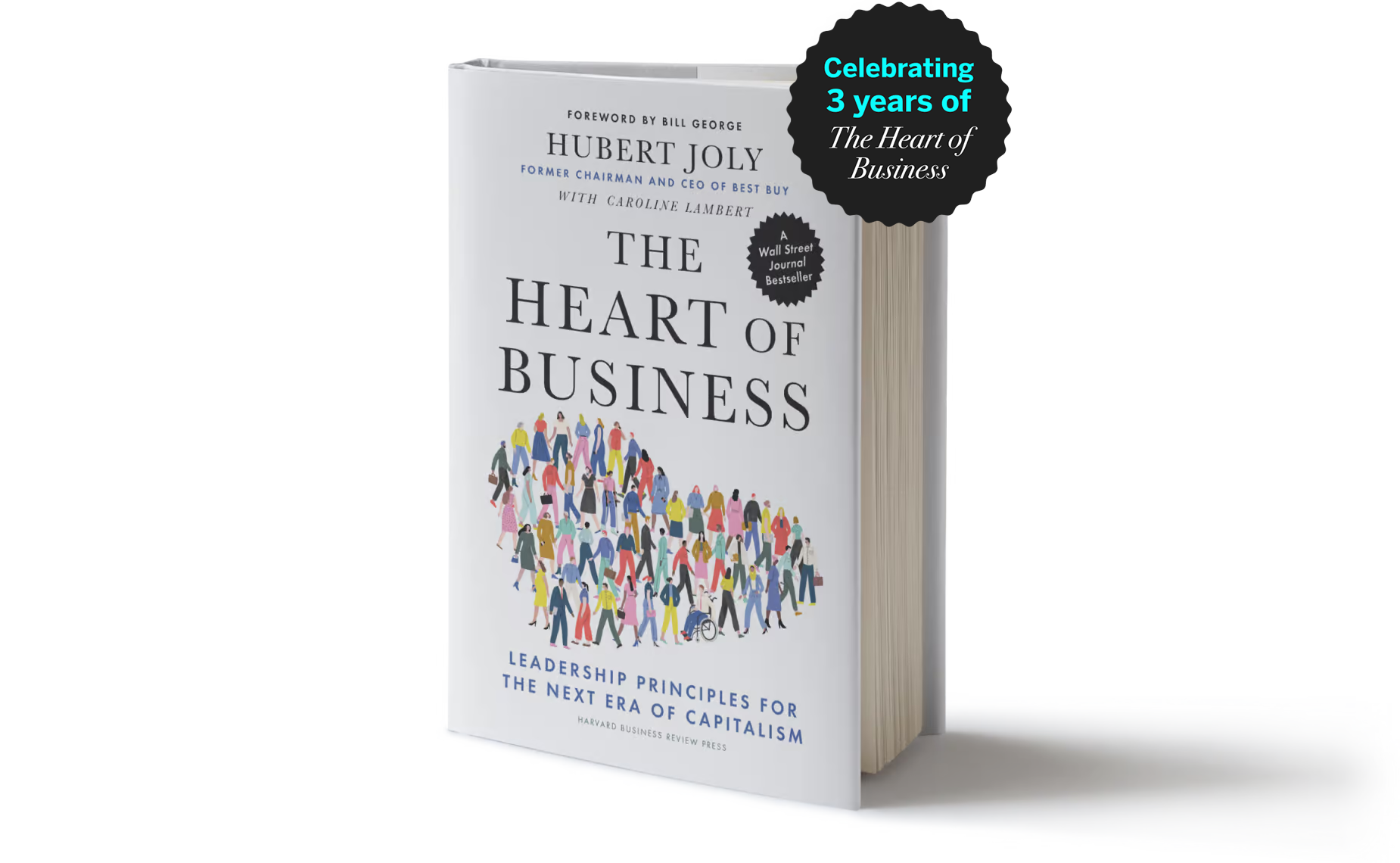Connecting individual search for meaning with the company’s noble purpose.
“What is your dream?” Jason, the manager at the Best Buy South Bay Best Buy store in Dorchester, south of Boston, asked every single person on his team this question. Every associate’s answer was written on a whiteboard in the break room, next to their name. After writing it down, Jason would always tell them, “Let’s work together to help you achieve it.” Framing the Company’s Purpose in a Meaningful, Human and Authentic Fashion will help facilitate making the connection between individual dreams and the purpose of the company.
Fostering autonomy.
According to Daniel Pink, human beings have an innate inner drive to be autonomous, self-determined, and connected to one another. And when that drive is liberated, people achieve more and live richer lives.
Growing mastery.
This can be accomplished by focusing on effort rather than results, developing individuals rather than the masses, and making space for failure.
Developing authentic human connections.
Companies are not soulless entities; they are human organizations made of individuals working together toward a common purpose. To unleash human magic, everyone must feel at home, fully valued for who they are, with the space and freedom to be themselves. Only then can people bring their best selves at work. Such environments get created by: fostering respect, treating everyone as an individual, creating a safe and transparent environment to build trust, encouraging vulnerability, and ensuring diversity and inclusion.
Nurturing a growth environment.
Growth is an essential ingredient of unleashing human magic. It is hard to feel energized, creative, and ready to take risks in a context of stagnation, contraction, fear, uncertainty, or doubt. A sense of endless possibilities—both for oneself and for the business in pursuit of a noble purpose—fuel inner drive, positive energy, and the desire to bring one’s best self to the table.

